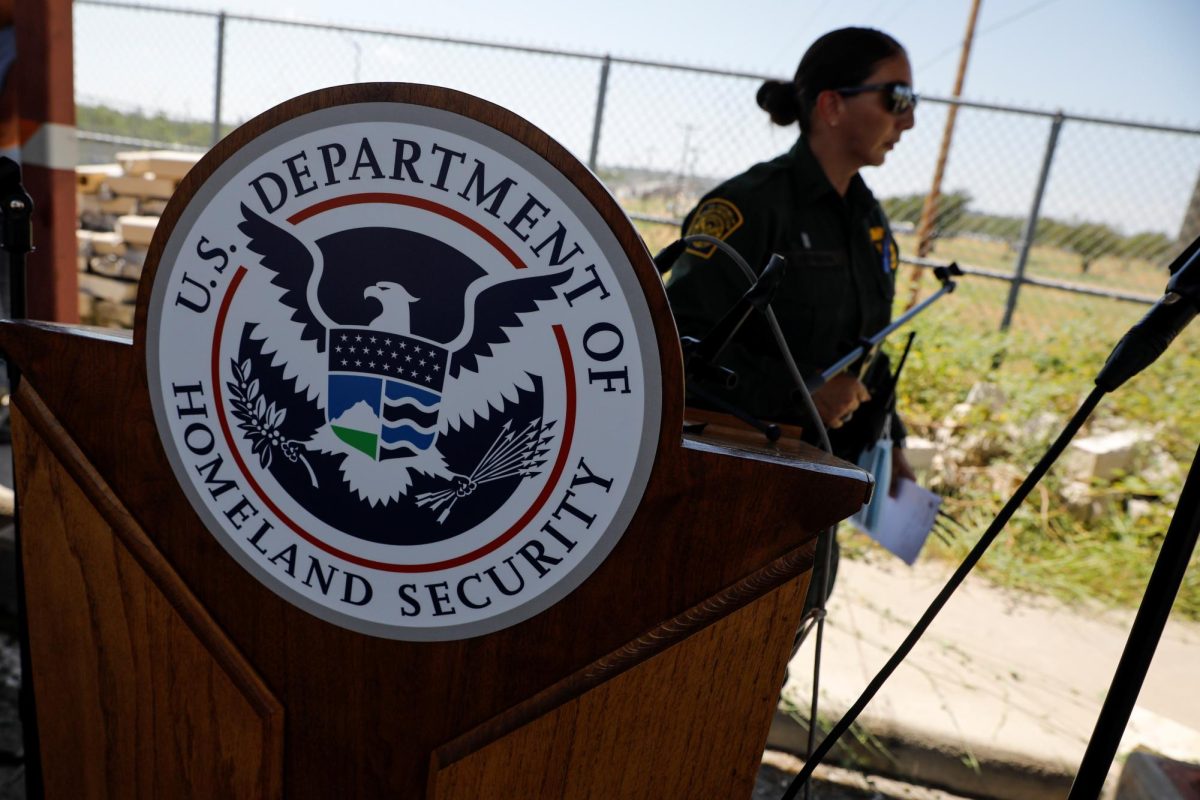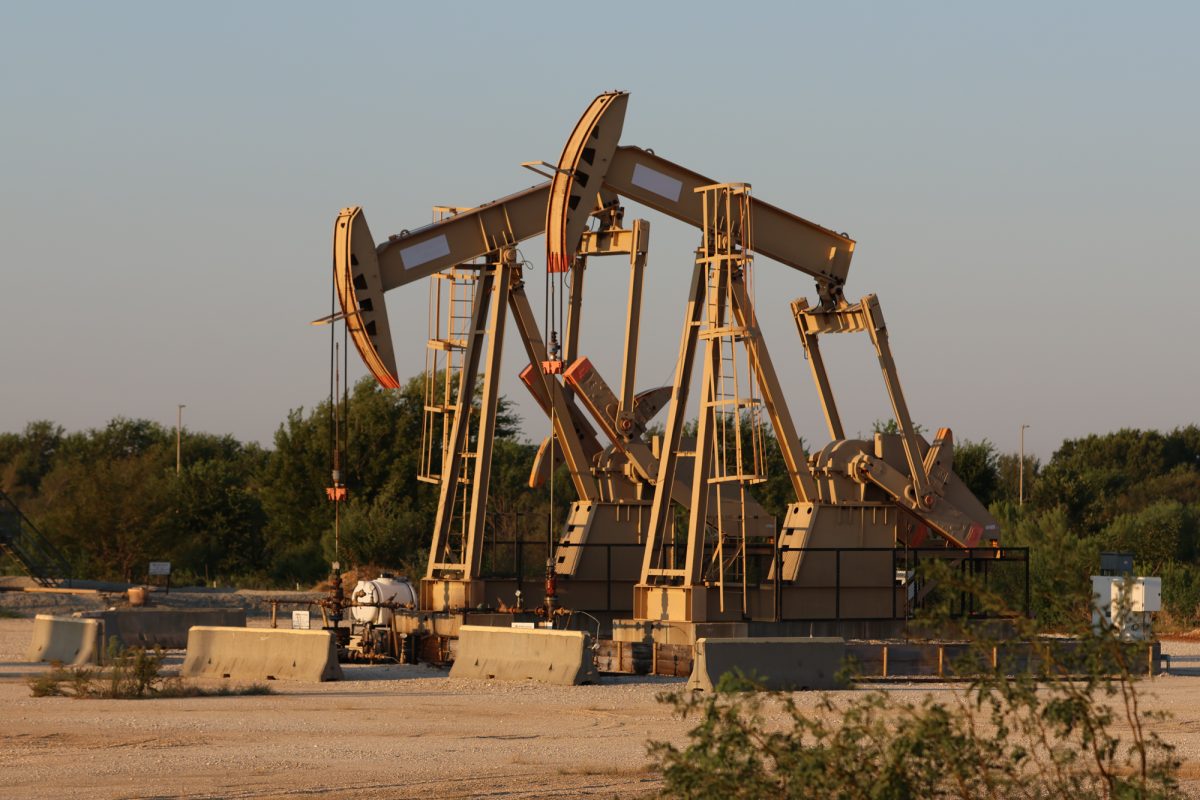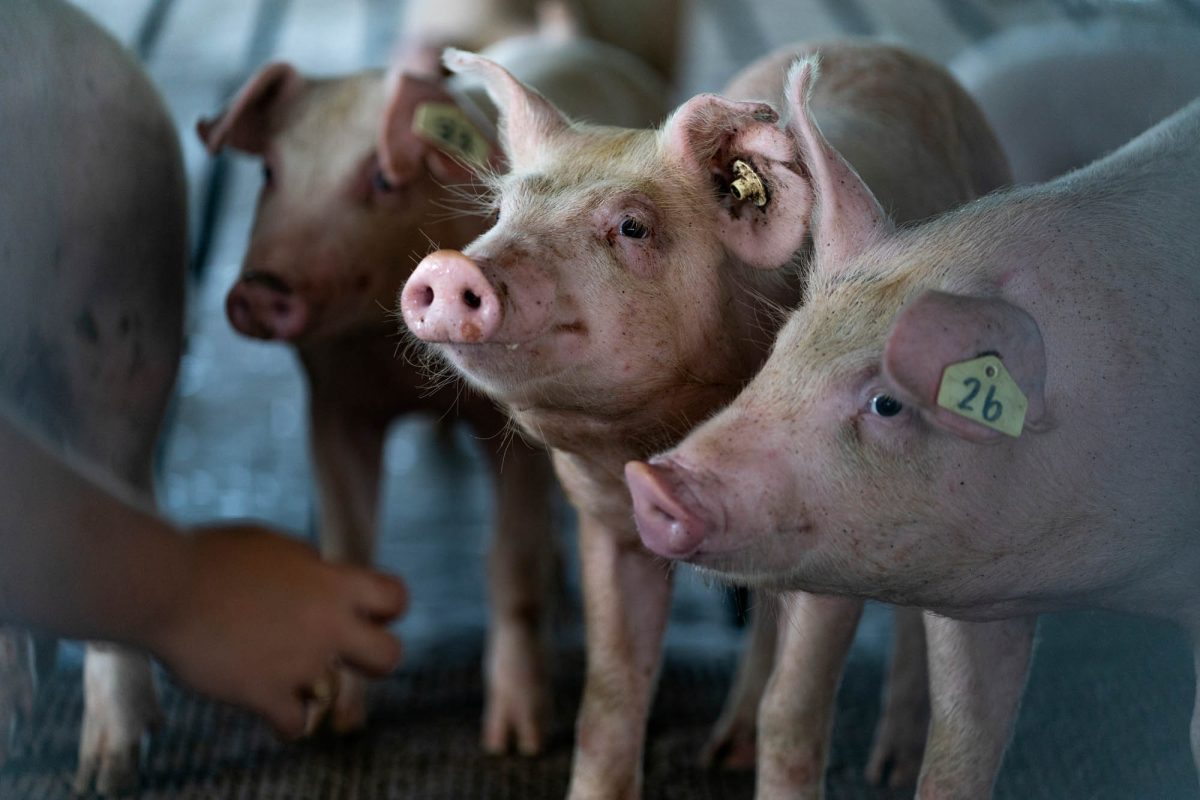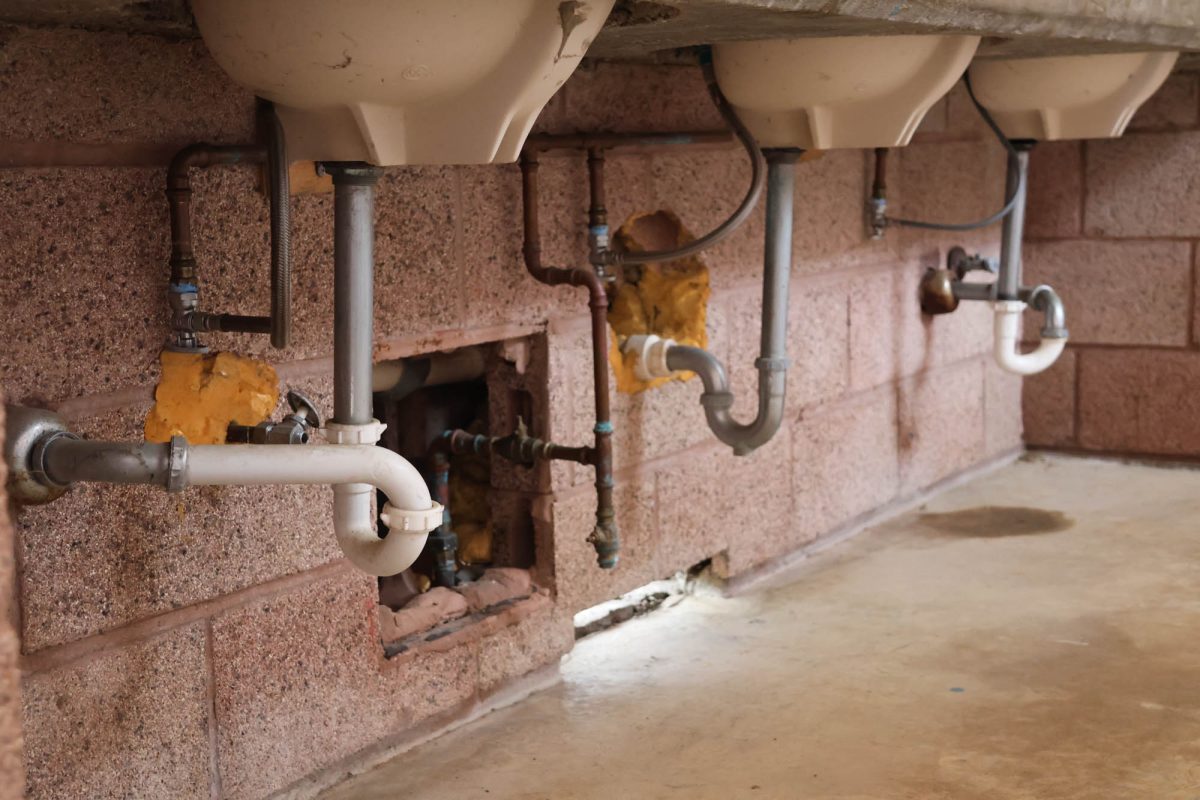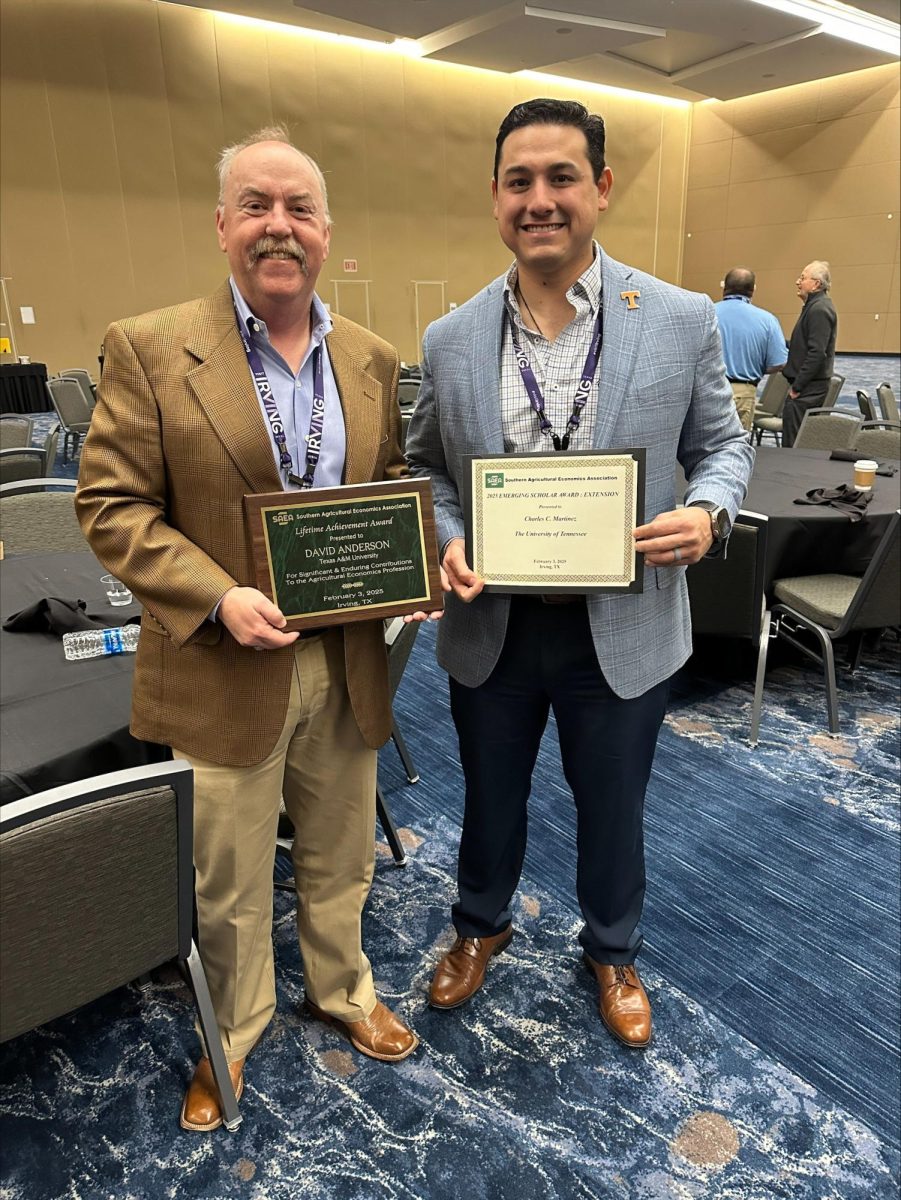Texas A&M system professors have answered the call to action following Saturday’s oil spill in Galveston Bay, helping locate spilled oil and gauge environmental effects.
A collision between a barge and tanker in the Houston Ship Channel Saturday led up to 170,000 gallons of oil being spilled into the water, effectively shutting down the channel until Tuesday.
Steve DiMarco, oceanography professor and lead for the Ocean Observing Systems, said the spill has had many negative effects in the area, blocking traffic in the ship channel and resulting in multiple environmental impacts.
DiMarco said the Texas General Land Office has been in contact with A&M professors about their Texas Automated Buoy System, which assists in monitoring currents and can be used to predict where the oil might end up.
“We have been very busy providing information to the state of Texas, to local and state responders that are going out and needing information on where to put booms [floating barriers] and where the impact is going to be on the ocean side,” DiMarco said.
The state of Texas has provided funding for A&M to gather information in the event of an oil spill for almost 20 years, DiMarco said, though most oil spills have not been this large.
“Oil spills happen fairly often, maybe not this big, but they actually happen often,” DiMarco said. “Usually the spills are just a barrel or two. It has to be over a certain threshold for it to be considered an actual spill. This size of an oil spill doesn’t happen very often.”
Mary Wicksten, biology professor, said the primary goal of the cleanup should be to protect the salt marshes from being infiltrated by the oil. Wicksten said the booms are being used to keep the oil away from the beaches to prevent the problem from worsening.
“The oil that they are picking up is quite a gelatinous stuff, stuff that’s sort of semi-solidified instead of being like gasoline,” Wicksten said “The problem there is that the tar-like substance will float up on the beach and it will accumulate with sand and mud and getting it out is very difficult. Trying to get it out of the salt marshes is even worse because it will sink into the mud and then you will have to dig it out from in between the roots or the plants and the crab burrows and you might never get it out at all.”
Anna Armitage, marine biology professor at Texas A&M Galveston, said professors in Galveston are working to determine what effects this oil spill is having on the local ecosystems. Their main focus is on the impact of the spill rather than the cleanup, she said.
“With this kind of oil, birds are mainly affected – it is the kind of oil that sticks,” Armitage said. “If birds land on it or walk through it, it gets stuck on them, but the oil doesn’t sink very much so it won’t affect the fish below it too much. The most immediate effects are felt by the birds, but possibly the marine mammals as well since they have to come up to the surface to breathe.”
Armitage said the oil has ended up in many places, but much of it has been blown out of the bay and into the Gulf of Mexico.
“Some of the oil got washed up on the beaches, some got washed up on the Texas City dikes, but whatever was still floating got kind of pushed out of the bay on the outlying tide by the wind,” Armitage said. “So there is a pool of oil in the Gulf of Mexico now.”
A&M professors respond in wake of Texas oil spill
March 26, 2014
0
Donate to The Battalion
$2790
$5000
Contributed
Our Goal
Your donation will support the student journalists of Texas A&M University - College Station. Your contribution will allow us to purchase equipment and cover our annual website hosting costs, in addition to paying freelance staffers for their work, travel costs for coverage and more!
More to Discover




